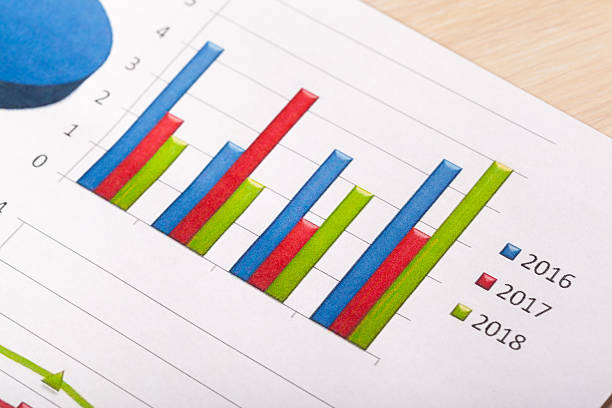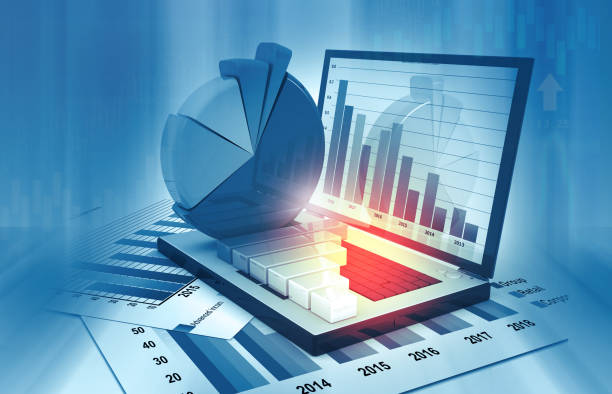Types of Categorical Data and Their Use in Statistics
Introduction to Categorical Data
We are bombarded by a lot of data everyday. While some can be quantified with numbers, some can be sorted into groups. Here, we unravel the mysteries of the latter. Welcome to the world of categorical data!
What is Categorical Data?

Categorical Data is a type of data that classifies observations into distinct categories. Unlike numerical data, which can be measured, categorical data can be only sorted or classified. Certainly, for example, when you answer a survey with ‘Yes’ or ‘No,’ or when you think about different types of dogs, like Golden Retrievers and Bulldogs, you’re dealing with categorical data. This means you’re organizing things into distinct categories or groups.
Distinguishing Features
Nominal and Ordinal Types
Categorical data can be split into two primary categories:
– Nominal Data: Categories that do not have a natural order. For instance, colours (red, blue, green) don’t have a specific hierarchy.
– Ordinal Data: Categories that have a specific sequence or hierarchy. An example would be educational levels (high school, bachelor’s, master’s).
Levels of Measurement
It’s essential to understand the different levels of measurements. These include nominal, ordinal, interval, and ratio levels. However, only the first two pertain to categorical data.
Importance in Statistics
Its Role in Data Analysis
Categorical data plays a pivotal role in data analysis. It’s often used in surveys, polls, and research where answers fall into specific categories. For instance, when gauging public opinion about a product, you might categorise responses as “Like”, “Neutral”, or “Dislike”.
Applications in Real-world Scenarios
From market research to patient feedback in hospitals, categorical data is omnipresent. It helps organisations make informed decisions by classifying responses into discernible categories.
Handling Categorical Data
Methods of Encoding
To use categorical data effectively, especially in machine learning algorithms, we often encode it. Techniques include:
– One-Hot Encoding
– Label Encoding
– Binary Encoding
Dealing with Missing Values
Handling missing data is crucial. Methods like imputation can help fill in the gaps, ensuring data integrity.
Categorical Data in Research
In areas of Sociology and Psychology, studies often use categorical data. People provide answers such as ‘Agree’, ‘Disagree’, or ‘Neutral’. This helps researchers understand human behavior and preferences.
Incorporation in Machine Learning
Dealing with Imbalances
Machine learning algorithms can be sensitive to imbalances in categorical data. Techniques like over-sampling, under-sampling, and SMOTE can help balance the data for optimal results.
Transformation and Standardization
For machine learning models to function efficiently, data might need transformation or standardisation. This process ensures that the data is suitable for algorithmic operations.
Visualisation Techniques
Pie Charts and Bar Graphs

Pie charts are used to show how different parts make up a whole, while bar graphs help us compare categories.
Cross-tabulations and Contingency Tables
These tools are essential for understanding the relationship between two categorical variables. It’s like peering into the connections between data points.
Real-life Examples
Marketing Strategies
Companies often utilise categorical data to segment their market. Knowing how many prefer ‘online shopping’ to ‘in-store shopping’ can shape strategies.
Healthcare and Medicine
Doctors categorize patient feedback as ‘Improved’, ‘No Change’, or ‘Worsened’, providing valuable information about how well the treatment is working.
Limitations and Challenges
While categorical data offers numerous insights, it’s not without challenges. Ensuring accurate representation, dealing with large volumes, and overcoming biases are just a few hurdles.
Future of Categorical Data
Emerging Technologies
As technology evolves, so does the way we handle categorical data. AI and machine learning are shaping the future, offering nuanced methods of data processing and analysis.
Integrating with Big Data
With the proliferation of Big Data, integrating categorical data becomes vital. It offers a more holistic view of massive data sets, painting a comprehensive picture.
FAQs
– Why is categorical data essential?
Categorical data offers clear, distinct categories for analysis, making it easier to interpret and draw conclusions, especially in research and surveys.
– Can we use categorical data in machine learning?
Absolutely! However, it often needs to be encoded or transformed for algorithms to process it effectively.
– Is ordinal data a type of categorical data?
Yes, ordinal data is a subtype of categorical data, characterised by an inherent order among its categories.
– How do we visualise categorical data?
Techniques like pie charts, bar graphs, and contingency tables are effective visualisation tools for categorical data.
– What challenges are associated with categorical data?
Some challenges include ensuring data representation, dealing with missing values, and overcoming potential biases.
– Is numerical data the opposite of categorical data?
In a way, yes. While categorical data is about classification, numerical data involves measurements and can be quantified.
Conclusion
Categorical data, a cornerstone in the realm of data science and statistics, offers unique insights. It influences how we see and understand information, playing a crucial part in decision-making across various fields. As technology progresses, so will the methods to harness the potential of categorical data. The future looks promising, and our understanding of categorical data will only deepen.
External Links/Sources:
